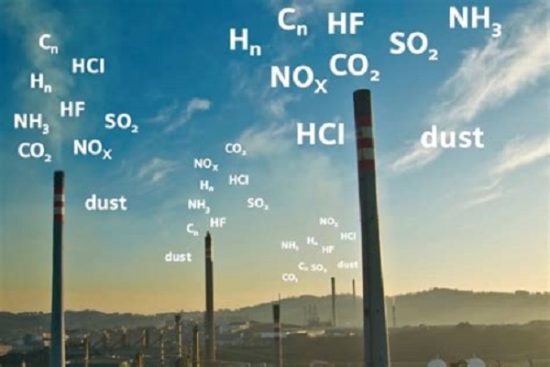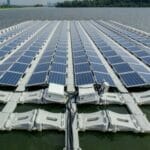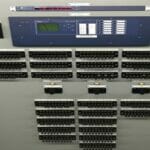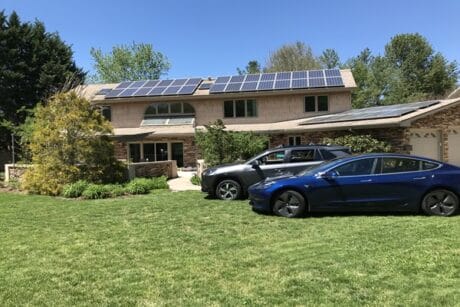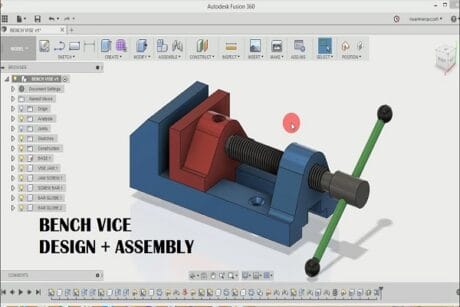No products in the cart.
- Course No E – 1306
- PDH Units 9.00
Course No E - 1306
PDH Units 9.00
- Course No E – 1306
- PDH Units 9.00
Course No E - 1306
PDH Units 9.00
Intended Audience: energy, mechanical, electrical, chemical, and civil engineers.
PDH UNITS: 9
The Part 75 continuous emission monitoring rule, found in 40CFR, was originally published in January, 1993. The purpose of the regulation was to establish continuous emission monitoring for air pollution, and to report requirements under EPA’s Acid Rain Program, which was instituted in 1990 under Title IV of the Clean Air Act. The Acid Rain Program regulates electric generating units that burn fossil fuels and that serve a generator greater than 25 MW. For such units, Part 75 requires continuous monitoring and reporting of SO2 mass emissions, CO2 mass emissions, NOX emission rate and heat input. The SO2 component is a “cap and trade” program, designed to reduce acid deposition by limiting SO2 emission levels in the “lower 48” states of the United States. For this course, you need to review the material in the pdf file, "Plain English Guide to the Part 75 Rule", which is a publication of the U.S. Environmental Protection Agency, available at: http://www.epa.gov/airmarkets/emissions/docs/plain_english_guide_part75_rule.pdf
Learning Objectives
At the successful conclusion of this course, you’ll be able to identify and discuss:- Have a basic understanding of the Part 75 Rule
- Know who is required to comply with the Part 75 Rule
- Know the basic components of the cap and trade program
- Know why continuous monitoring is necessary
- Know how the Part 75 Rule is structured
- Be familiar with other federal regulations that interface with Part 75
- Be familiar with an overview of Part 75 monitoring requirements
- Be familiar with the components of a continuous monitoring system (CEMS)
- Know the difference between primary and backup monitoring systems
- Know how a CEMS must be operated
- Know how emissions and heat input rate can be determined from CEMS data
- Know when corrections for stack gas moisture content is required
- Be familiar with missing data procedures for CEMS
- Be familiar with the Appendix D monitoring method
- Know how the fuel flow rate is measured
- Known the fuel sampling requirements of Appendix D
- Know how the SO2 mass emission rate is calculated.
- Be familiar with the on-going quality-assurance requirements of Appendix D
- Know the definition of a peaking unit
- Know how hourly NOx emissions are determined
- Be familiar with the low mass emission methodology description
- Know how a unit qualifies for low mass emissions (LME) status
- Be familiar with the recordkeeping and reporting requirements for LME units
- Be familiar with the process by which Part 75 monitoring systems are certified
- Be familiar with Part 75 QA/QC procedures
Once completed, your order and certificate of completion will be available in your profile when you’re logged in to the site.

